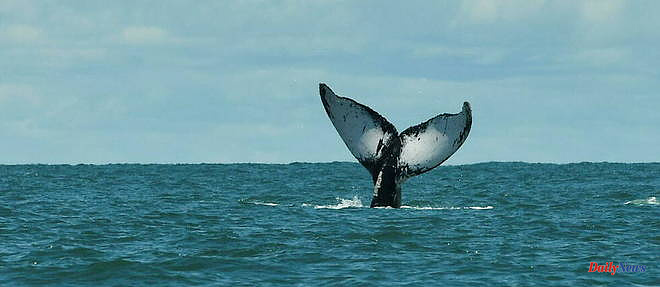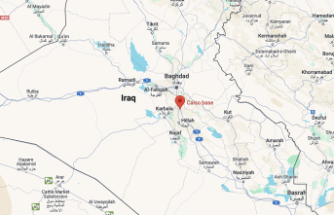Long discussions that finally reach a verdict. UN member states finally agreed on Saturday March 4 on the first international treaty to protect the high seas, intended to counter the threats to ecosystems vital to humanity.
“The ship has reached shore,” conference chair Rena Lee announced at UN headquarters in New York on Saturday shortly before 9:30 p.m. (3:30 a.m. Paris time), to loud and prolonged applause from delegates. . After more than fifteen years of discussions, including four years of formal negotiations, the third "last" session in New York was finally the right one, or almost.
Delegates finalized the text with its content now frozen in substance, but it will be formally adopted at a later date after it has been vetted by legal services and translated to be available in the six official UN languages. The exact content of the text was not immediately published but activists hailed it as a watershed moment for biodiversity protection.
"It's a historic day for conservation and a sign that in a divided world the protection of nature and people can triumph over geopolitics," said Laura Meller of Greenpeace. After two weeks of intense discussions, including a marathon session on Friday night to Saturday, delegates finalized a text that can no longer be significantly changed.
"There will be no reopening or substantive discussions" on this file, Rena Lee told negotiators. United Nations Secretary-General Antonio Guterres congratulated the delegates, according to one of his spokespersons who said the agreement is a "victory for multilateralism and for global efforts to counter destructive trends that threaten health." of the oceans, today and for generations to come".
Even though it represents more than 60% of the oceans and almost half of the planet, it has long been ignored in the environmental fight, to the benefit of coastal areas and a few emblematic species.
With the progress of science, proof has been made of the importance of protecting these oceans, teeming with an often microscopic biodiversity, which also provides half of the oxygen we breathe and limits global warming by absorbing important part of the CO2 emitted by human activities.
But the oceans are weakening, victims of these emissions (warming, acidification of the water, etc.), pollution of all kinds and overfishing. So the new treaty, when it comes into force after it has been formally adopted, signed and then ratified by enough countries, will create marine protected areas in those international waters.
Only about 1% of the high seas is subject to conservation measures, and this emblematic tool is considered essential to hope to protect, by 2030, 30% of the land and oceans of the planet, as it is there. engaged all governments around the world in December.
"High seas protected areas can play a vital role in building resilience to the effects of climate change," said Liz Karan of the NGO Pew Charitable Trusts, who called the agreement a "momentous achievement".
The treaty on "the conservation and sustainable use of marine biodiversity of areas beyond national jurisdiction" also introduces the obligation to carry out environmental impact assessments of proposed activities on the high seas.
Finally, a highly sensitive chapter which crystallized tensions until the last minute, the principle of sharing the benefits of marine genetic resources collected on the high seas.
Developing countries that cannot afford very expensive expeditions and research have struggled not to be excluded from access to marine genetic resources and from sharing in the anticipated benefits from the commercialization of these resources - which belong to no one – from which pharmaceutical or cosmetic companies hope to derive miracle molecules.
As in other international forums, notably the climate negotiations, the debate ended up boiling down to a question of North-South equity, commented observers.
With an announcement seen as a gesture to build North-South trust, the European Union pledged, in New York, 40 million euros to facilitate the ratification of the treaty and its initial implementation.
Beyond that, it pledged to devote more than 800 million euros to the protection of the oceans in general for 2023 during the "Our Ocean" conference which ended on Friday in Panama.
In total, Panamanian Foreign Minister Janaina Tewaney announced that "341 new commitments", amounting to nearly $20 billion - including nearly $6 billion from the United States - had been made during the this conference to protect the seas.












